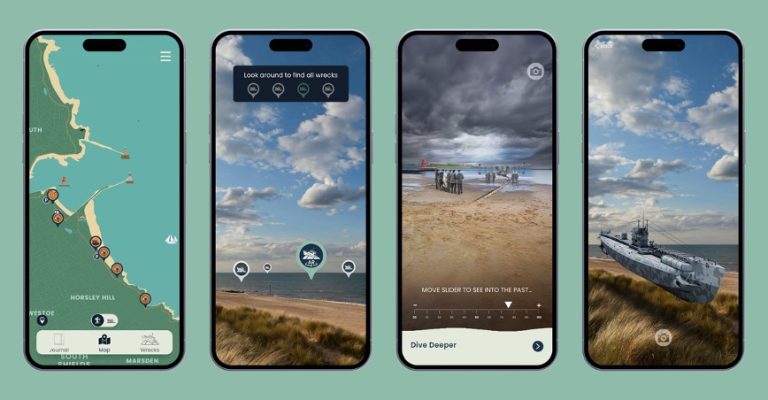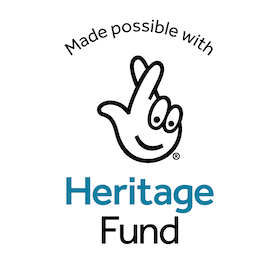Below are some of our key digital outputs and how you can find them.
In addition to the content in this website, there are digital assets which are located in other locations:
Free Coastal App
Download the free SeaScapes Coastal App from your favourite apps store and learn more about the Tyne to Tees Coast. Once the app is loaded on your phone, the app will ping the phone at key locations along the coast. At each location, the initial screen will tell you about the place and its point of interest, from which you can do a deeper dive into the information. Locations of wrecks off the coast will also enable you to find out more about the hidden heritage beneath the waves.

Reading the Rocks
Our Reading the Rocks website takes you on self-guided geology walks along three Durham coast beaches. Through video, maps and photos you can learn about the geology before you head to the beach and then can find the geological features on the beaches.

FoodScapes Food Atlas
This uses Google Earth as a platform to display a location-based food story relevant to that place.
Stories focusing on fishing, drink and salt combine with historic images and newly created text providing an interesting insight into the food-related history along out wider coast. Below you can see the user guide:


